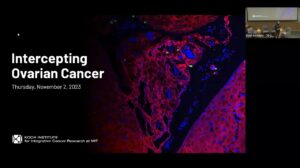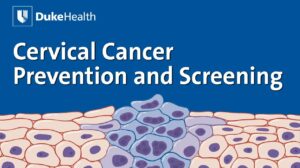NEW YORK (Reuters Health) – Antibiotic prophylaxis with cefazolin during elective cesarean delivery, administered either before skin incision or after umbilical cord clamping, reduced postoperative maternal infections by two-thirds in a double-blind, prospective randomized, placebo controlled trial.
“The number to treat (NTT) to avoid one woman reaching the primary outcome (wound infection, urinary tract infection, endometritis) was 13,” study investigator Dr. Armin Witt, from the Medical University of Vienna, Austria, told Reuters Health.
“Based on this significant reduction of postoperative morbidity, we recommend the routine administration of cefazolin during elective cesarean section as a standard of care procedure,” Dr. Witt said.
The study appears in the December issue of Archives of Surgery. In an invited critique published with the study, Dr. Mark A. Malangoni, American Board of Surgery, Philadelphia, Pennsylvania makes the point that comparative effectiveness research is a potentially useful tool to identify value in health care and this study “is an excellent example of this concept.”
The trial, he notes, followed recommended clinical trial guidelines, was adequately powered to demonstrate statistical significance and had “an amazing 97% follow-up at 30 days, likely accounting for all measured outcomes.”
He notes, however, that “no study is flawless,” and with this study, there is “an inherent bias of unstated practice patterns in a trial limited to a single institution.” It also has to be assumed that all other preventive measures needed to keep maternal infectious surgical site infections to a minimum were properly performed.
Dr. Witt and colleagues enrolled in their trial 1,112 women undergoing elective cesarean delivery at term; 370 women were randomized to a 2-gram intravenous infusion of cefazolin 20 to 30 minutes before skin incision, 371 to the same cefazolin regimen administered after cord clamping, and 371 women to placebo saline infusion before skin incision.
The primary outcome occurred in 77 women (6.9%); there were 43 local wound infections (3.9%), 9 cases of endometritis (0.8%) and 25 cases of urinary tract infection (2.2%).
According to the investigators, 18 women (4.9%) who received cefazolin before surgery and 14 (3.8%) who received cefazolin during surgery developed a postoperative infection, compared with 45 women who received placebo (12.1%).
The investigators say these incidence rates of infectious morbidity jive with the recent literature, “confirming that the study population was representative of a common low-risk population.”
A comparison of the two antibiotic groups and the placebo group showed a statistically significant difference regarding the primary outcome (P < 0.001 versus placebo) with a risk difference of 7.8%, they report.
Both antibiotic administration schedules (before incision and after cord clamping) were equally effective, they note, suggesting that cefazolin can be given after cord clamping without compromising the prophylactic efficacy.
In his critique, Dr. Malangoni says there are several “important lessons” to be learned from this study, namely, that properly administered perioperative antibiotic prophylaxis cuts the number of surgical site infections in selected operations (in this situation, by two-thirds).
Second, first- and second-generation cephalosporins “remain the agents of choice” for prophylaxis, even though newer agents are available. Third, “dose matters,” noting that patients in the study received 2 grams of cefazolin, providing “greater tissue levels of drug.”
Fourth, preincisional and post–cord clamping groups had “identical results, suggesting that they achieve similar antibiotic concentration at the site of contamination, which is a key element for efficacy.”
The authors have no financial disclosures.
Source: Antibiotic Prophylaxis Before Surgery vs After Cord Clamping in Elective Cesarean Delivery
Arch Surg. 2011;146:1404-1409.




